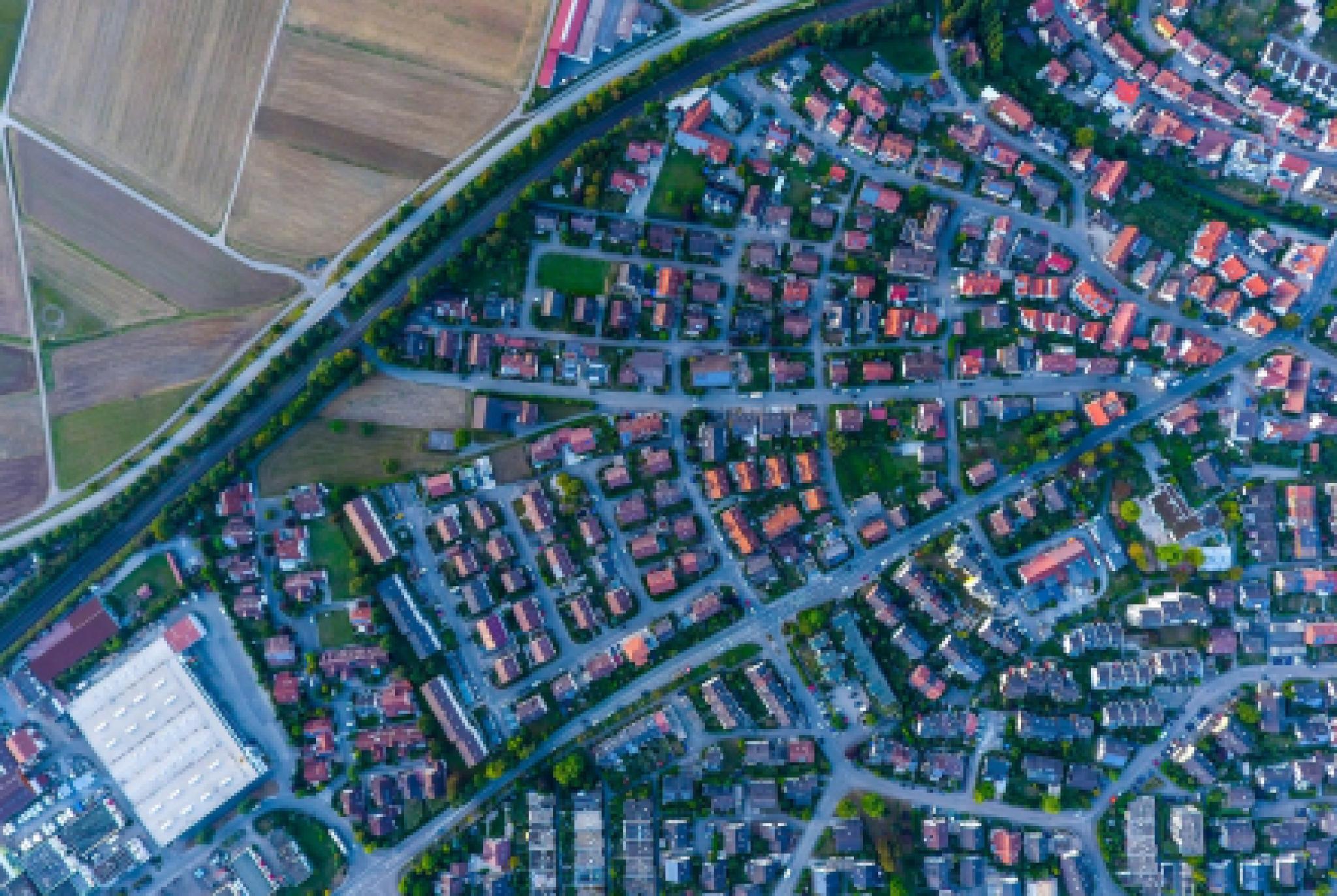Robert Breunig is a Professor at Crawford School of Public Policy in the ANU College of Asia and the Pacific. Robert is also Director of Crawford School’s International Development and Economics Program. He teaches Economics for Government POGO8081 and regularly teaches in Crawford School’s Executive Education program.
Housing affordability after the pandemic boom

Australian house prices have soared during the pandemic, meaning the prospect of buying property has become increasingly unlikely for many. As debates reignite regarding housing affordability, it’s important to consider some of the economic fundamentals which explain why house prices have climbed so steeply.
Crucially, government policy has influenced both the supply and demand and prices of houses.
The current taxation of property – both owner-occupied and investment – is overly generous. Preferential taxation of property, relative to other assets, has supercharged the demand for property, increasing prices.
For example, capital gains from the sale of owner-occupied housing are tax free, and only 50 per cent of those from many investment properties are taxed at the owner’s marginal rate. Meanwhile, interest earned from a savings account, or a dividend received from an international company, are taxed in full at an individual’s marginal income tax rate.
Stamp duty has also contributed to higher prices by reducing the supply of homes sold. Stamp duty taxes movement. It punishes families who upsize when their family grows, downsize when their adult children move out, or move when a new job opportunity arises.
The absence of a broad-based property tax reduces the incentive to move even more, further constricting supply. It also encourages land holding even if the land is being used unproductively. A broad-based property tax – based on the unimproved value of land – would help reduce prices.
To understand how, think of how much you would pay for a particular home for sale in your neighborhood. Now imagine an owner would be required to pay $50,000 in property tax every year on that same home. Would you still be willing to pay the same amount for the house? Surely your price would fall.
A $50,000 figure is an extreme example, but the same principle operates at much lower and more realistic levels of taxation. When a broad-based property tax is annual, prospective buyers incorporate the cost into the price they’re willing to pay.
Finally, government land-use restrictions reduce the supply of homes and low interest rates make money cheap to borrow, both of which increase prices.
So what can be done to make housing in Australia more affordable?
Aligning the taxation of property with the taxation of other forms of savings would reduce the demand for housing and moderate future house price increases.
Eliminating stamp duty would remove a significant savings hurdle for prospective buyers, particularly first-time buyers. This would also eliminate the tax on moving, increase the supply of homes sold, and contribute to lower prices over time. Specifically, it would reduce the growth of house prices, rather than current price levels.
Introducing a broad-based property tax would amplify both of these effects, and changing land-use restrictions would also help to increase supply.
Not much can be done about interest rates since they are set independently by the Reserve Bank of Australia. They also depend upon the cost incurred by banks in procuring funds. But given they are currently at historically low levels, they’ll only increase in the coming years. When rates are increased, it will reduce the demand for borrowed funds, moderating asset price increases.
However, lower house prices wouldn’t necessarily equate to affordable housing for all.
Would the aforementioned reforms make housing more affordable for many first-time home buyers? Yes, but largely for those who have already generated significant savings.
As house prices soared during the pandemic, prospective first-time home buyers watched the purchasing power of their deposits dwindle and the goalposts of home ownership take flight to a faraway land.
Eliminating stamp duty would allow them to reallocate stamp duty savings towards their deposit. The introduction of a broad-based property tax would also contribute to lower upfront prices and spread tax obligations over a much longer period of home ownership.
Would the aforementioned reforms make housing affordable for other groups, such as low-income single parents? It depends.
If the goal is to make home ownership more accessible for these groups, probably not. Since a higher percentage of their income is spent on essentials like food and rent, they can save much less to accumulate the deposit required for a home.
If the goal is to make rent more affordable for these groups, that’s much more likely to succeed. Broader reform of the taxation of savings, which includes property, would help reduce the demand for housing.
To the extent reductions in the demand for housing flow through to lower rental prices, this would make renting more affordable. Boosting supply of housing will help to address surging prices and help moderate prices for renters as well.
Broader tax reform is also likely to encourage larger institutional investors to play a larger role in the rental market. These investors can leverage economies of scale in the management of rental properties and can provide longer tenancies, improving housing security for tenants.
While these reforms aren’t a panacea for the inequities in the country’s housing market, they would be a major step in the right direction and ensure that the prospect of owning a house doesn’t slip further out of reach for many Australians.

